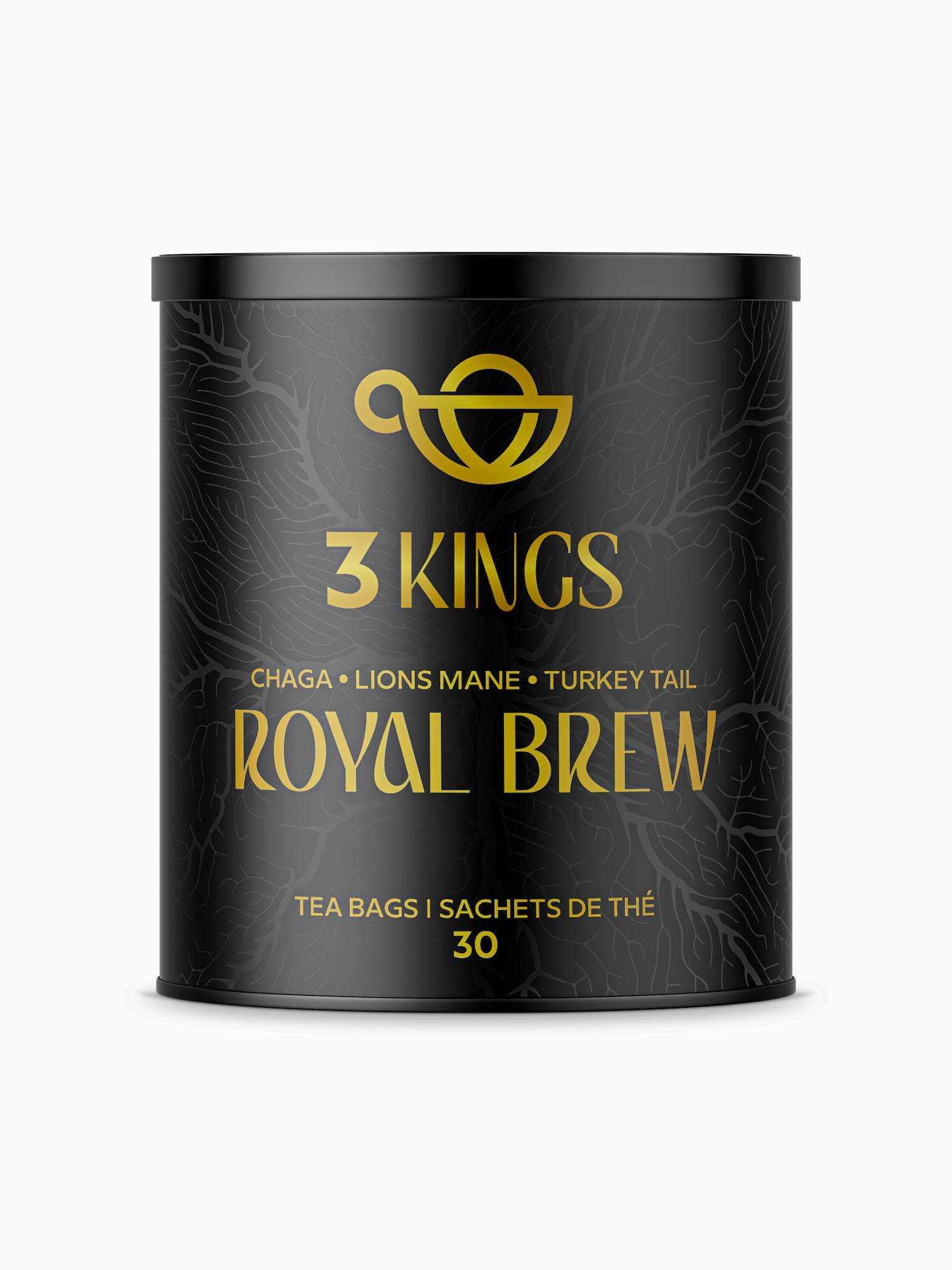Samsung recently unveiled its latest smartwatches, the Watch6 and Watch6 Classic, at its Unpacked event. These new wearables come with a range of improvements and features designed to enhance sleep tracking, fitness monitoring, and overall user experience.
One of the key highlights of the Watch6 series is the enhanced sleep tracking capabilities. Samsung has introduced an in-depth analysis of your sleep score, providing you with a better understanding of the data collected. Additionally, the company has partnered with the National Sleep Foundation to deliver personalized Sleep Messages, offering more feedback and insights every morning. The new Sleep Consistency tool helps users track their sleep and wake times, while the Sleep Animal Symbol represents their sleep type, similar to what Google and Fitbit introduced on the Pixel Watch.
In terms of fitness tracking, the Watch6 series offers personalized heart rate zones, allowing users to optimize their workouts based on their specific goals and fitness levels. The Custom Workout tool enables users to track their own routines, while irregular heart rhythm notifications provide valuable insights into their heart health. An interesting addition is the capability to track skin temperature, which can offer useful insights for individuals monitoring their menstrual cycle, similar to the Apple Watch Series 8.
Both the Watch6 and Watch6 Classic are currently available for pre-order and will be available for purchase on August 11. The Watch6 starts at $300 for the 40-mm model, while the 44-mm version is priced at $330. On the other hand, the Watch6 Classic is priced at $400 for the 43-mm model and $430 for the larger 47-mm size.
While these new smartwatches bring incremental improvements over their predecessors, there is not much to get overly excited about. The larger screen on the Watch6 Flip5 makes it more usable in its folded state, but Samsung could have made more progress in making folding phones more accessible by reducing their cost. Currently, they remain too expensive for most consumers.
The tablets unveiled by Samsung are also on the pricier side, especially considering the additional cost of purchasing a keyboard cover separately. Unlike Apple, which offers budget-friendly options like the iPad Air and the base iPad, Samsung lacks a budget tablet that generates excitement. It would have been great to see the company introduce a sub-$500 tablet at its Unpacked event to cater to a broader audience.
Battery life is another crucial aspect that many users consider when choosing a smartwatch. While the combination of Wear OS 4 and a more efficient chipset should theoretically result in longer battery life, Samsung’s claim of up to 40 hours of operation (with the always-on display mode turned off) is actually lower compared to last year’s Watch5 series. Additionally, none of the new watches have a battery capacity similar to the Watch5 Pro. It will be interesting to see how the battery performance of the Watch6 series holds up in real-world usage.
In conclusion, Samsung’s Watch6 series represents an iterative upgrade over its previous generation. The sleep tracking and fitness monitoring enhancements, as well as the introduction of new features like skin temperature tracking, offer meaningful improvements for users. However, the high price point and relatively shorter battery life compared to previous models might leave some consumers wanting more. We eagerly await reviews and real-world tests to see how these new wearables perform and whether they can truly deliver an exceptional user experience.











